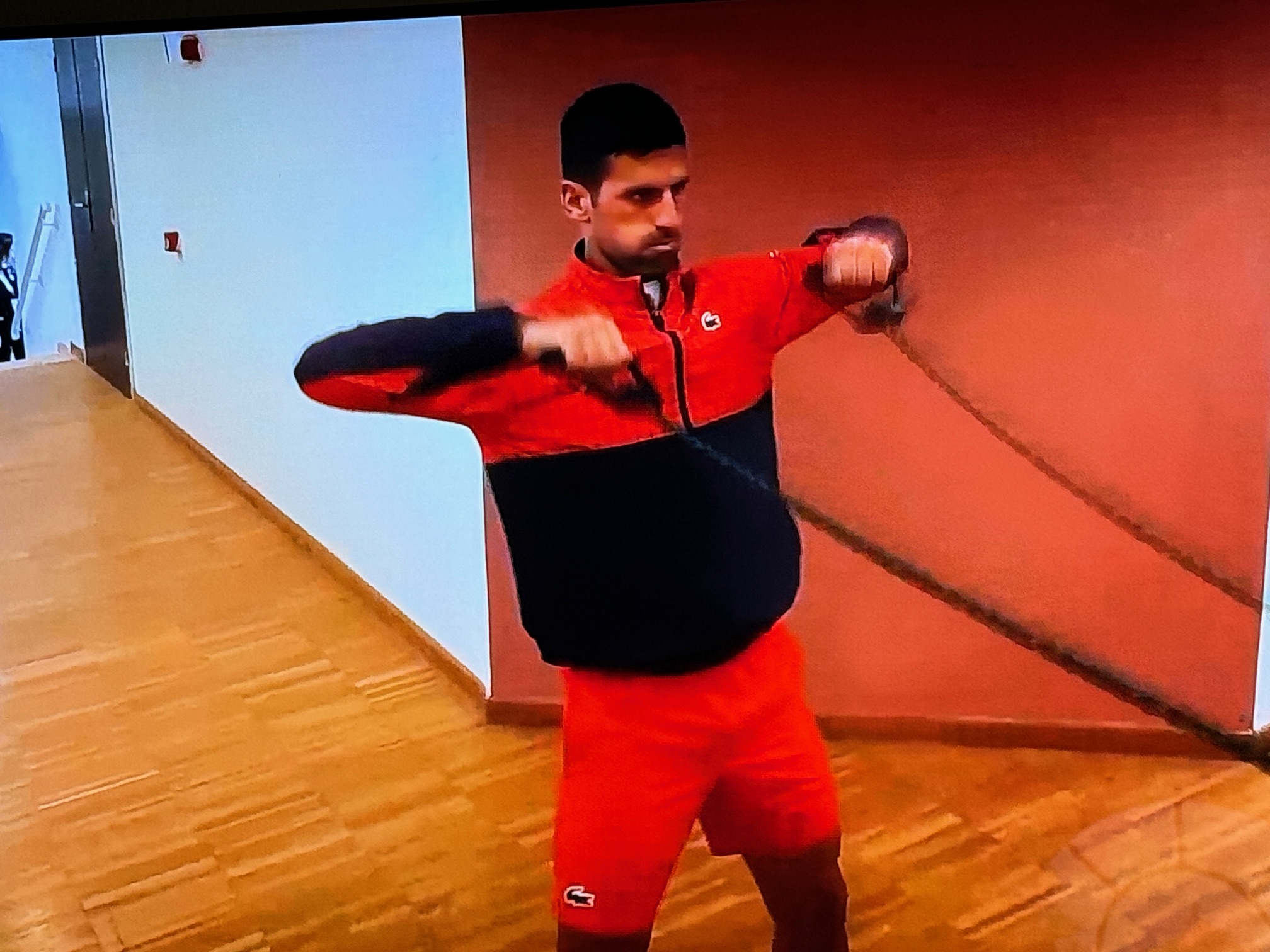Due to the partnership between the US Open and IBM Consulting, tennis fans have been subtly inundated with “Match Insights” over the past couple of weeks. With so much technology and information at our fingertips, it is natural to believe that this should yield powerful insight. The reality is that analytics in tennis is more evolutionary than revolutionary.
At the US Open, the state of tennis analytics is a study in contrast. On the one hand, we have automated “Match Insights” from IBM that generated by a “flexible combination of hybrid cloud and AI, capable of transforming massive volumes of tennis data into meaningful insight.” The following image is an example of that insight for the matchup between Francis Tiafoe and Rafael Nadal in the fourth round.

While there is more detailed data behind the graphic, the collection illustrates the challenge of distilling miscellaneous facts into a cohesive and actionable set of data. I am not sure that anyone places much stock in the predicted winning probabilities of each player, particularly in this example.
On the other hand, the USTA has a team of human data analysts that provide information to the top tier American tennis players. During the US Open, they spend 15 hour days performing quantitative data analysis supplemented by relevant video clips. This is largely a manual process.
The ultimate goal of these scouting reports is to provide the players and coaches with insight into point composition and tendencies. The USTA team strives to give the players they support a strategic advantage over their opponents.
I first wrote about the USTA Player Development Analytics Team in 2020. At that time, the scouting reports were generated via a largely manual process. While technology and AI can reduce the human workload, there is still a lot of room for interpretation.
A recent article published by Tennis Canada details a private firm that provides scouting reports to individual players from federations without embedded analytics teams. Aryna Sabalenka and Ons Jabeur are two of their individual clients. Tennis Canada also uses their services. That article provides a glimpse into the hours of screening video that is required to produce the analysis reports.
Sometimes the data doesn’t tell the story that people expect. In some cases it has upended tennis conventional wisdom. For example, when rally length was first tracked, the average number of shots exchanged in points was much shorter than believed. Additionally, there is danger that disparate data can be misused and cherry picked to reinforce confirmation bias in players and coaches.
A recent New York Times article reveals how the American player Mackenzie McDonald uses the scouting reports in a couple of examples. He likes to leverage information about his opponent’s preferred service placement to understand what they are likely to do during their match. He also uses the data to identify his own playing patterns that are giving him the best chance to win points.
The information that the players receive and the information that we see on screen are two completely different products. Examining the output side by side reveals that there is still a lot of distance between the state of the art practice and what is available through complete automation.
- Acing the US Open digital experience, IBM Marketing Case Study, viewed Sept
- Analytics in Tennis Has Been an Evolution, Not a Revolution, Shira Springer, New York Times, August 27, 2022.
- Tennis Analytics, Paul Rivard, Tennis Canada, August 24, 2022.



